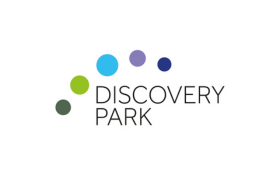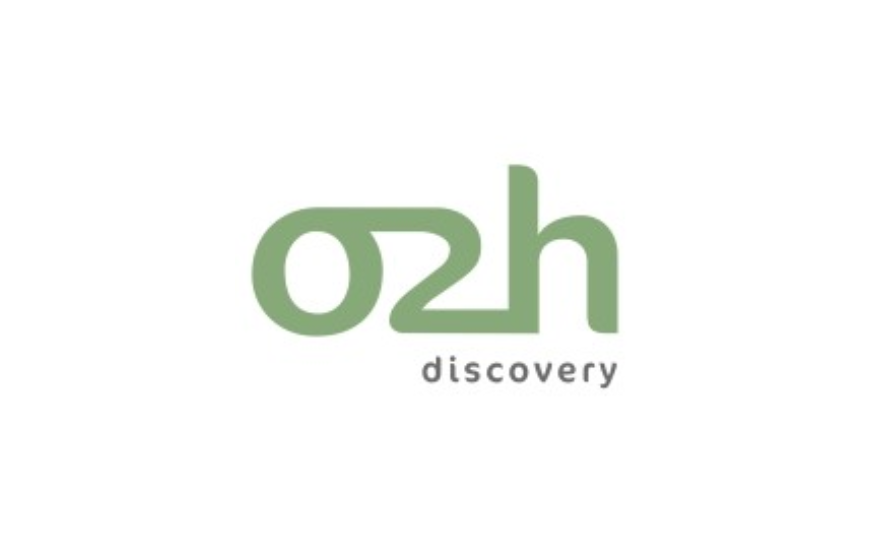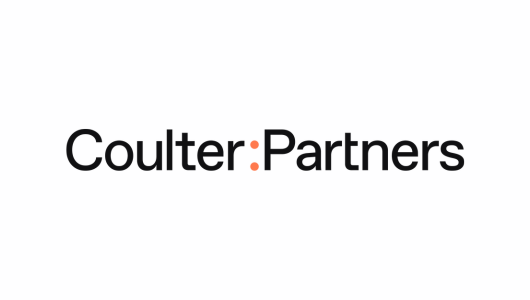Launch of the BioEscalator’s 2024/25 Annual Review: People and partnerships driving better patient health
The BioEscalator is the University of Oxford’s thriving incubator for fast-growing biomedical companies. In 2024/25 it worked with people and organisations across the local and global innovation ecosystem and it’s delighted with what’s been achieved.
Its Annual Review, People and partnerships driving better patient health, has been launched and includes:
- A year of firsts, recognition and embracing new ideas
- Making an impact
- Oxford Cancer Analytics – Born global, focused on improving lung
- disease diagnostics
- Tenants and alumni making the news
- Collaborating with the University of Oxford
- The BioEscalator through the eyes of an apprentice
- Our partners make innovation happen
Related News





